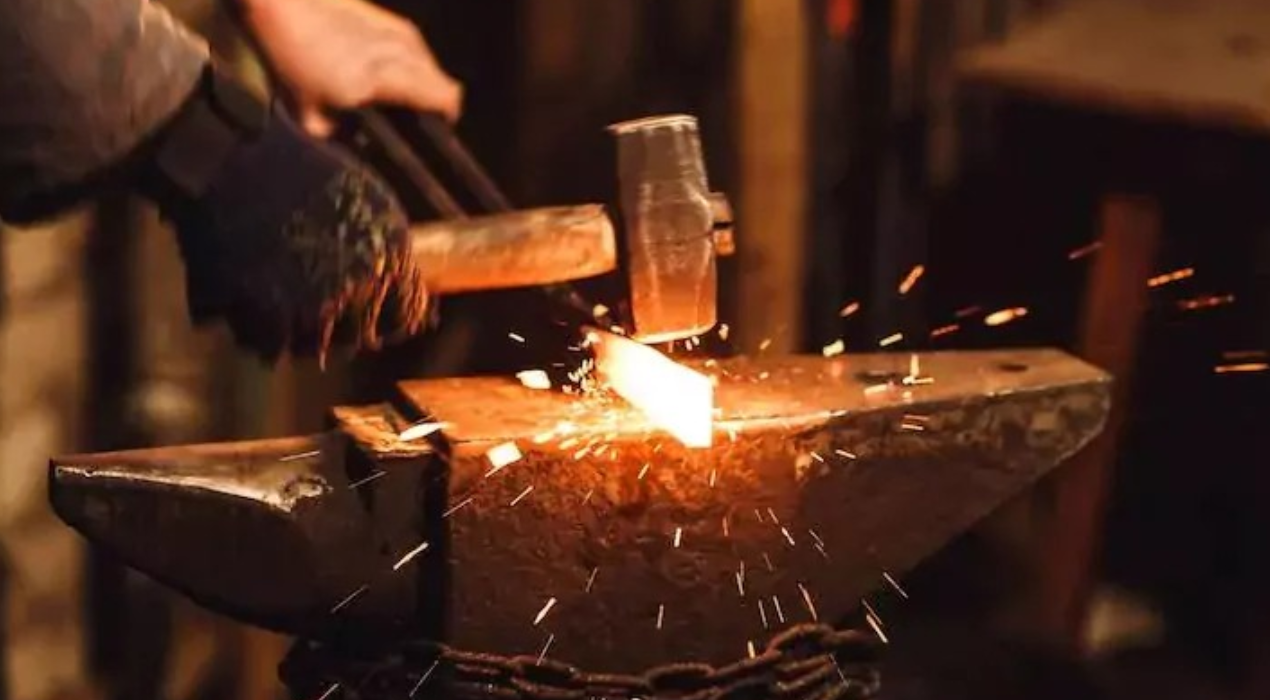Forging manufacturing is an important method wherein the metal is formed by applying compressive forces, often with a hammer or die, to alter its structure and mechanical properties. One of the key advantages of forging is the potential to produce additives with an elegant grain shape, resulting in stepped-forward electricity and fatigue resistance as compared to forged or machined elements.
This makes forging vital for industries like aerospace, automobiles, and heavy equipment, where reliability and performance are critical. The significance of forging lies in its capacity to create high-energy, wear-resistant elements that can withstand severe conditions. Additionally, forging reduces material waste and permits price-effective production, making forging manufacturing an exceptionally efficient and sustainable manufacturing system that meets the needs of present-day engineering.
Maintaining Tight Tolerances and Precision in Forged Parts
See the details below:
Material Selection: The Foundation for Precision
The choice of material is a critical factor in retaining tight tolerances and precision. Forging materials must show consistent mechanical properties, including ductility, longevity, and resistance to deformation. The proper cloth minimizes the probability of warping, cracking, or dimensional modifications throughout the forging system. Suppliers often rely upon tremendous steel, aluminum, or titanium alloys. Each material behaves differently underneath heat and strain, and choosing the proper one helps preserve the size of the solid element in the required tolerances.
Advanced Forging Techniques for Dimensional Accuracy
Forging strategies play a significant role in controlling precision. Closed-die forging, for instance, confines the steel within a die cavity, leading to higher dimensional accuracy. In contrast, open-die forging offers less precision but greater flexibility in generating huge additives. To preserve tight tolerances, suppliers regularly use precision forging techniques, wherein dies are engineered to the precise shape of the very last part. Using multi-stage forging methods additionally lets in slow shaping, which reduces the chance of errors and deformations that would affect tolerances.
Computer-Aided Design and Simulation Tools
Modern-day forging is based heavily on computer-aided layout (CAD) and simulation equipment to make certain precision. Those tools permit providers to create distinctive fashions of the part before manufacturing, simulating the forging process to expect material float, strain points, and potential defects. By figuring out troubles inside the virtual level, providers can modify parameters to ensure the very last element meets tight tolerances. CAD and simulation also permit specific die design, making sure that the molds utilized in forging are precise and durable sufficient to produce consistent elements.
Temperature Control: The Role of Heating and Cooling
Temperature plays an important role in forging, directly affecting the material’s ductility and drift traits. Providers use particular heating and cooling strategies to preserve the material inside the suitable temperature range. Overheating or underheating the material can cause it to act unpredictably, leading to dimensional changes that deviate from the required tolerances. Controlled cooling, called quenching, in addition, ensures that the cloth hardens nicely without introducing internal stresses or warping. Retaining a solid thermal environment is prime for forging elements with consistent precision.
Measurement and Inspection Techniques for Accuracy
Suppliers use inspection techniques to confirm that solid parts meet the specified tolerances. Coordinate Measuring Machines (CMMs) and laser scanning tools are commonly hired to degree dimensions with severe accuracy. In-procedure inspection strategies, which include actual-time monitoring of the forging manner, permit immediate adjustments if deviations arise. By way of integrating specific measurement technology into the manufacturing procedure, providers can stumble on and accurate any dimensional discrepancies earlier than the element reaches the very last degrees of production.
Conclusion
Accomplishing tight tolerances and precision in forged components is a complex technique that calls for an aggregate of advanced generation, material understanding, and skilled craftsmanship. From material choice to die design, temperature control, and inspection, each step ought to be meticulously managed to produce components that meet stringent specs. Providers who put money into contemporary tools and adhere to excellent practices are better ready to supply exquisite, precision-solid components that perform reliably in worrying applications.
